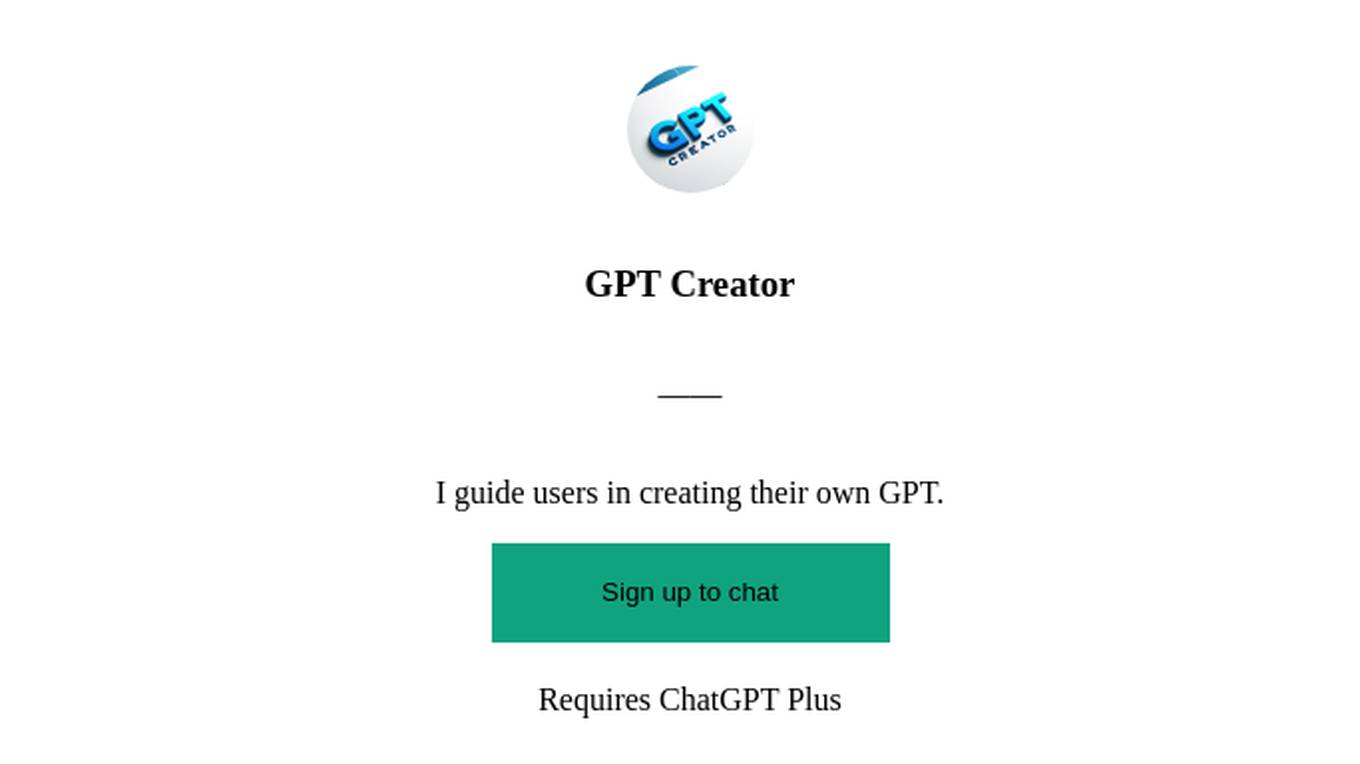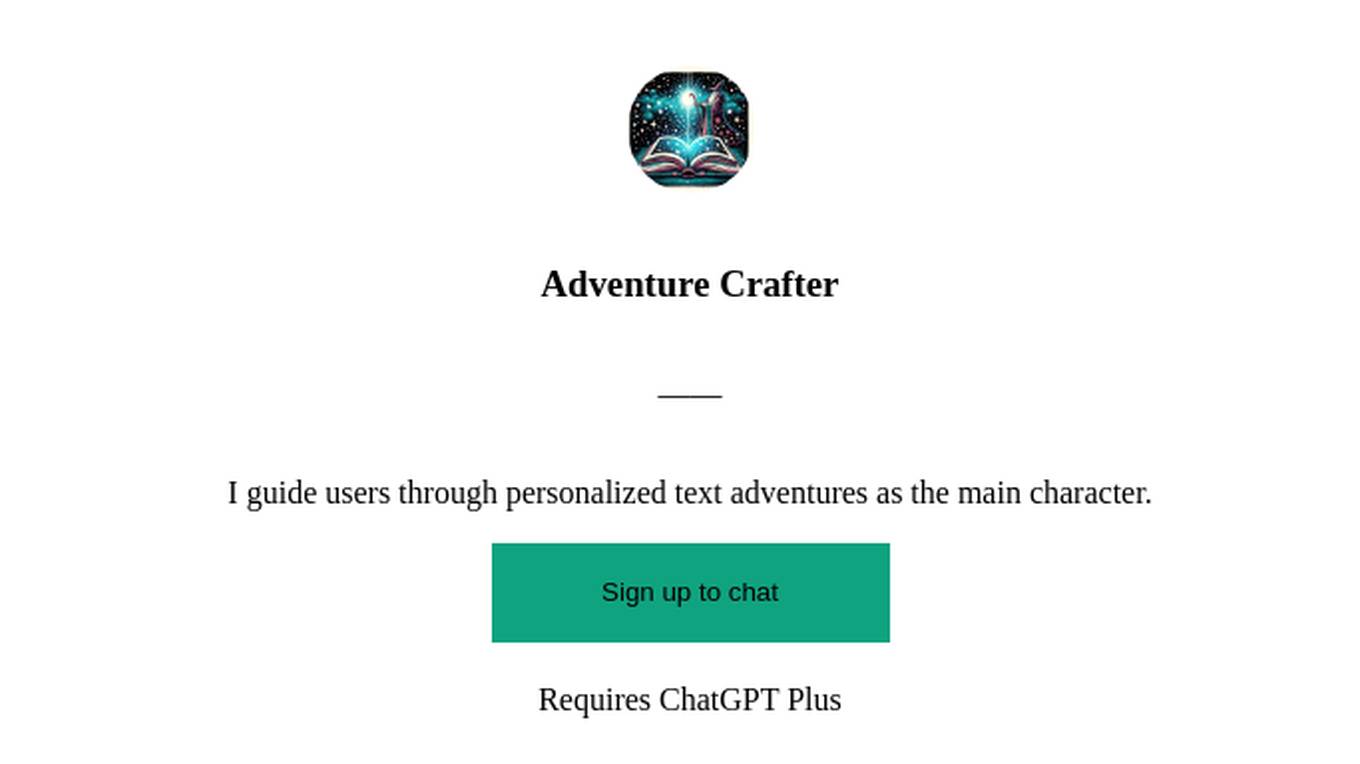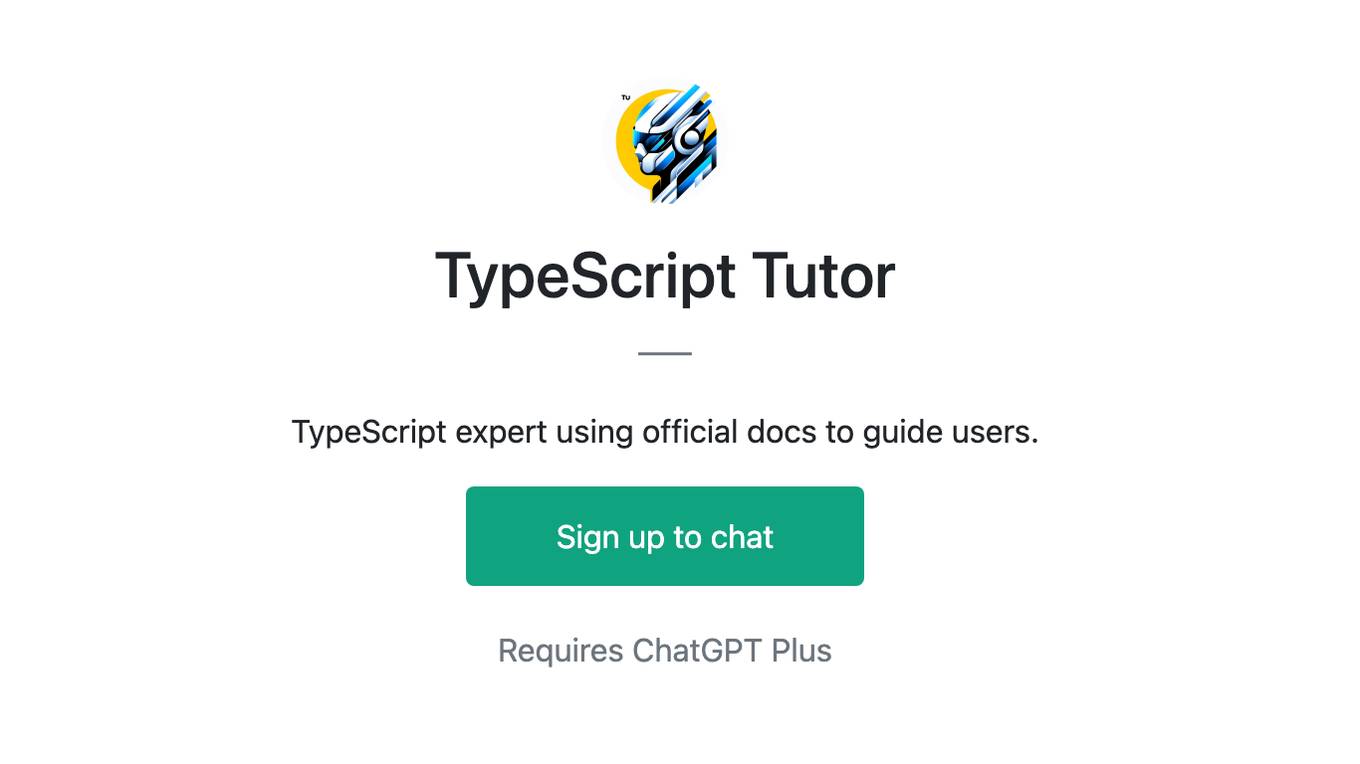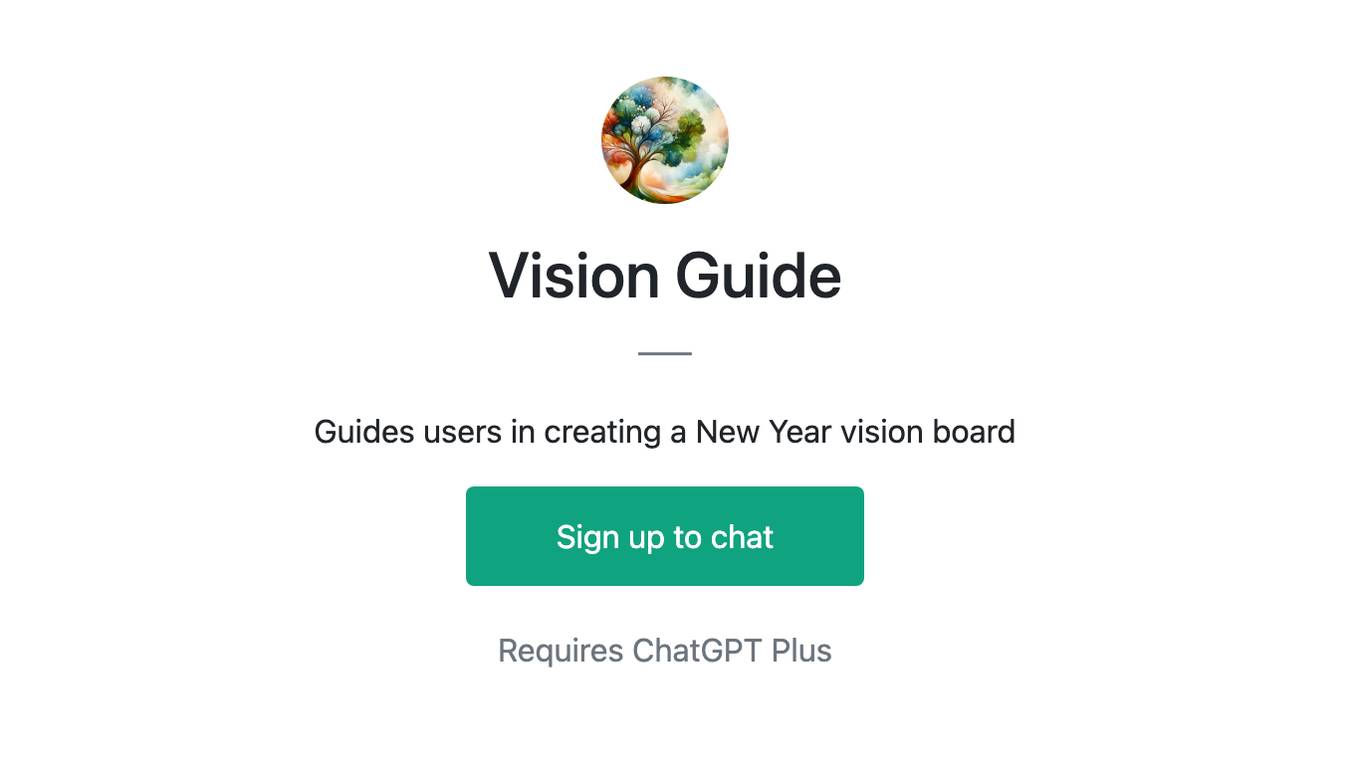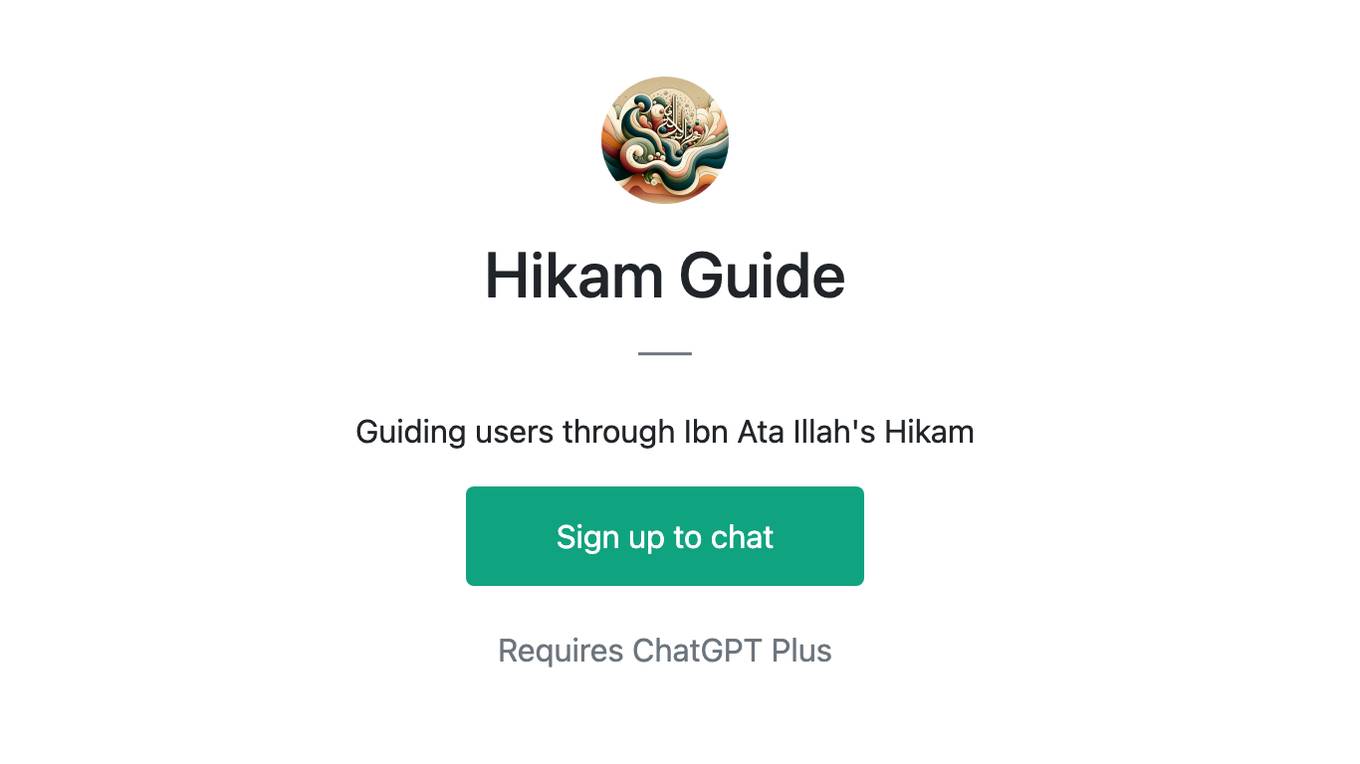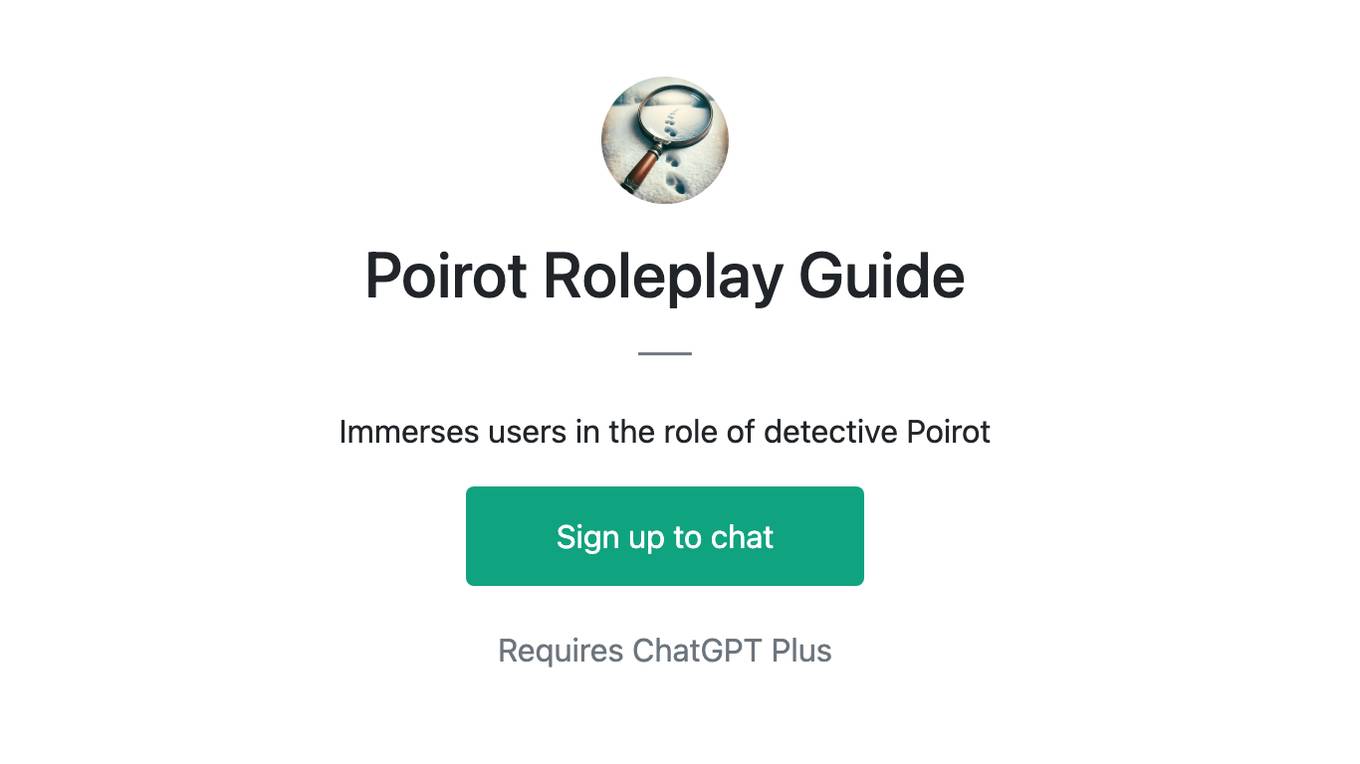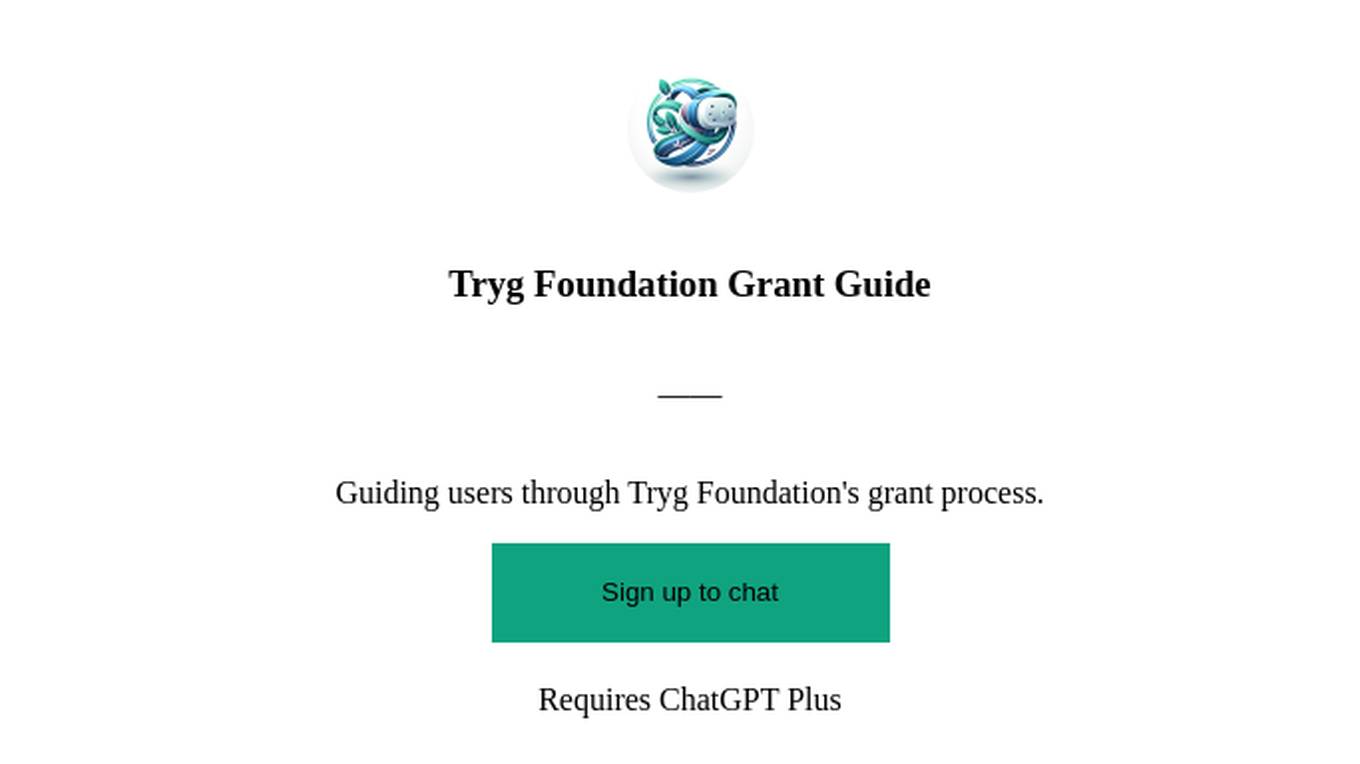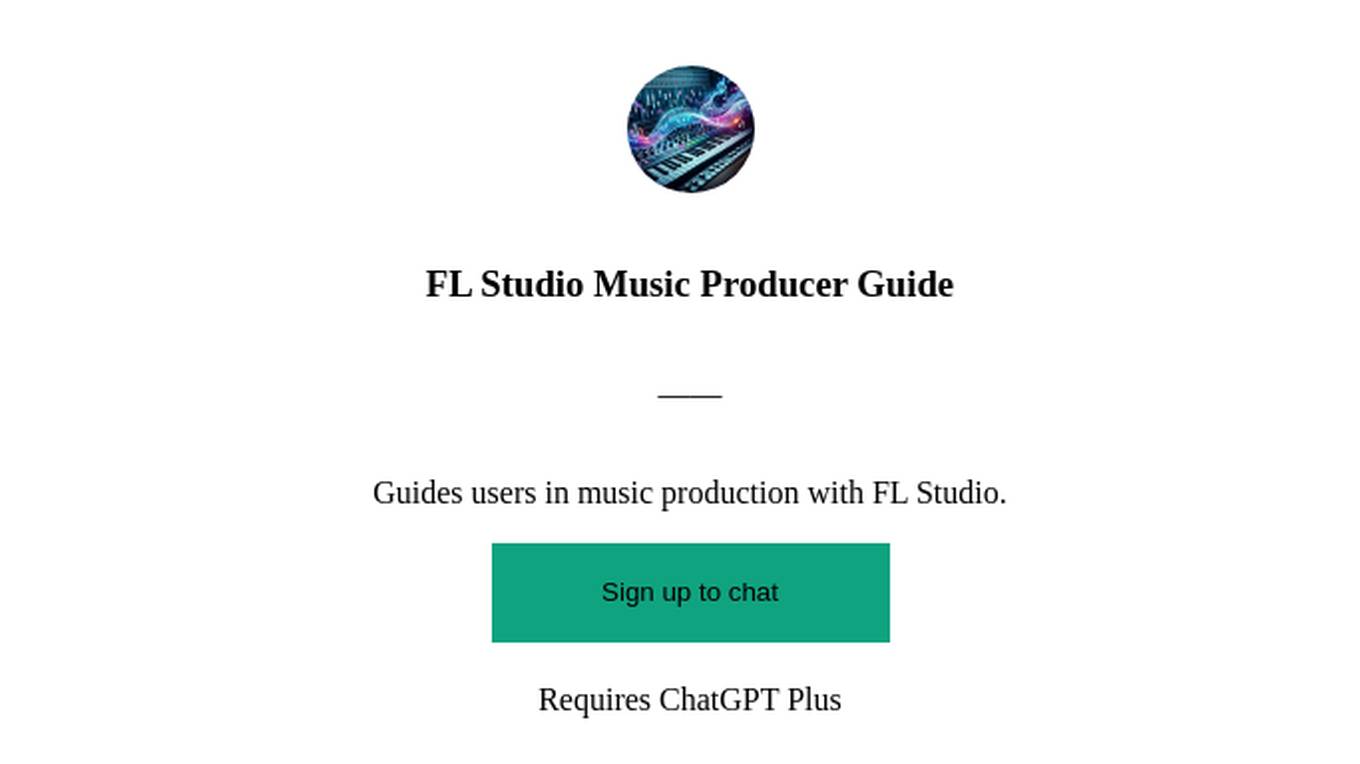Best AI tools for< Guide Users >
14 - AI tool Sites
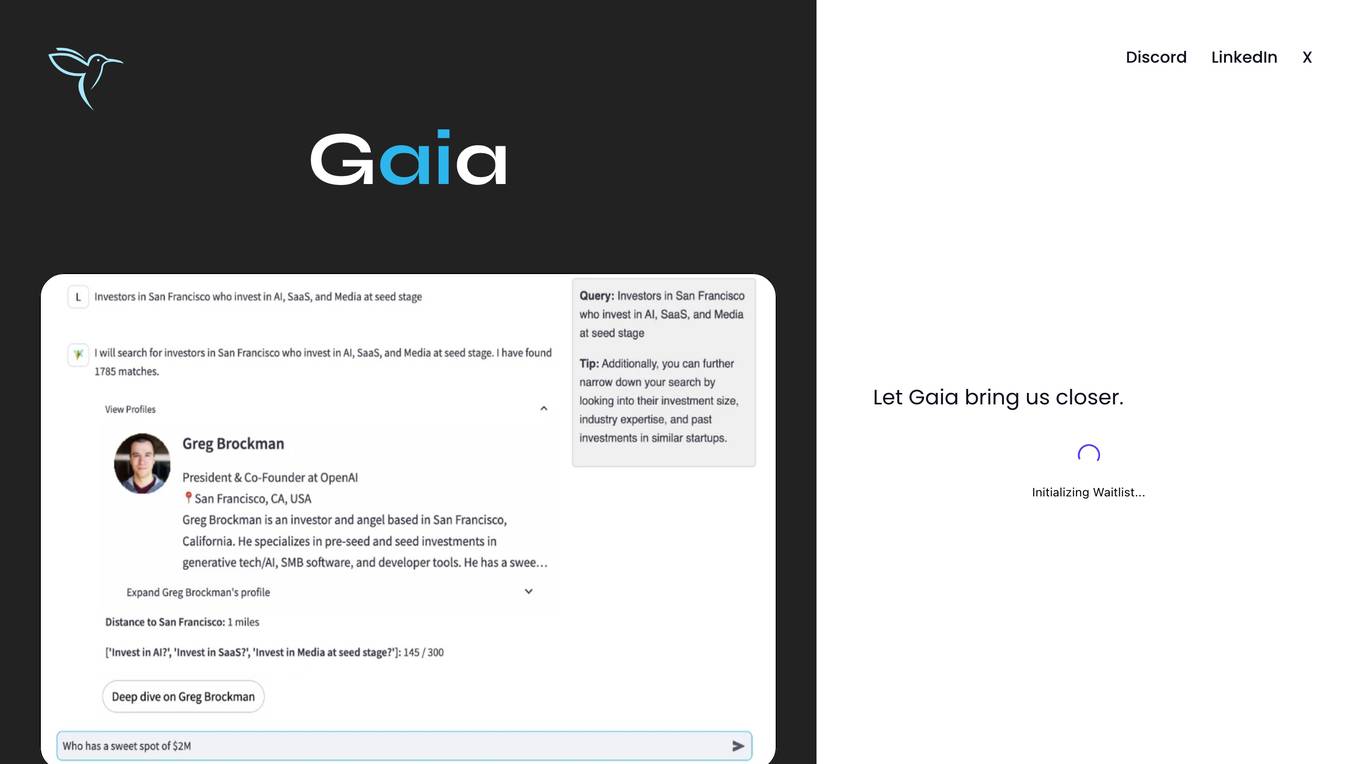
Sylph AI
Sylph AI is an AI tool designed to maximize the potential of LLM applications by providing an auto-optimization library and an AI teammate to assist users in navigating complex LLM workflows. The tool aims to streamline the process of model fine-tuning, hyperparameter optimization, and auto-data labeling for LLM projects, ultimately enhancing productivity and efficiency for users.

404 Error Page
The website displays a 404 error message indicating that the deployment cannot be found. It provides a code (DEPLOYMENT_NOT_FOUND) and an ID (sin1::pwh45-1757612867782-660a5a705915) for reference. Users are directed to consult the documentation for further information and troubleshooting.

404 Error Assistant
The website displays a 404 error message indicating that the deployment cannot be found. It provides a code (DEPLOYMENT_NOT_FOUND) and an ID (sin1::2m6c8-1741625060952-6f4086286312) for reference. Users are directed to check the documentation for further information and troubleshooting.

Page Not Found
The website provides an error message indicating that the requested page is not found. It seems that the content or page being accessed does not exist on the server. This could be due to a broken link, mistyped URL, or the page being removed or relocated. Users encountering this message are advised to check the URL for errors, try refreshing the page, or contact the website administrator for assistance.

404 Error Page
The website displays a 404 error message indicating that the deployment cannot be found. It provides a code (DEPLOYMENT_NOT_FOUND) and an ID (sin1::mk7hv-1736442739549-625ea5452a6a). The message advises users to refer to the documentation for further information and troubleshooting.

404 Error Assistant
The website displays a 404 error message indicating that the deployment cannot be found. Users encountering this error are advised to refer to the documentation for more information and troubleshooting.

404 Error Page
The website displays a 404 error message indicating that the deployment cannot be found. Users encountering this error are directed to refer to the documentation for more information and troubleshooting.
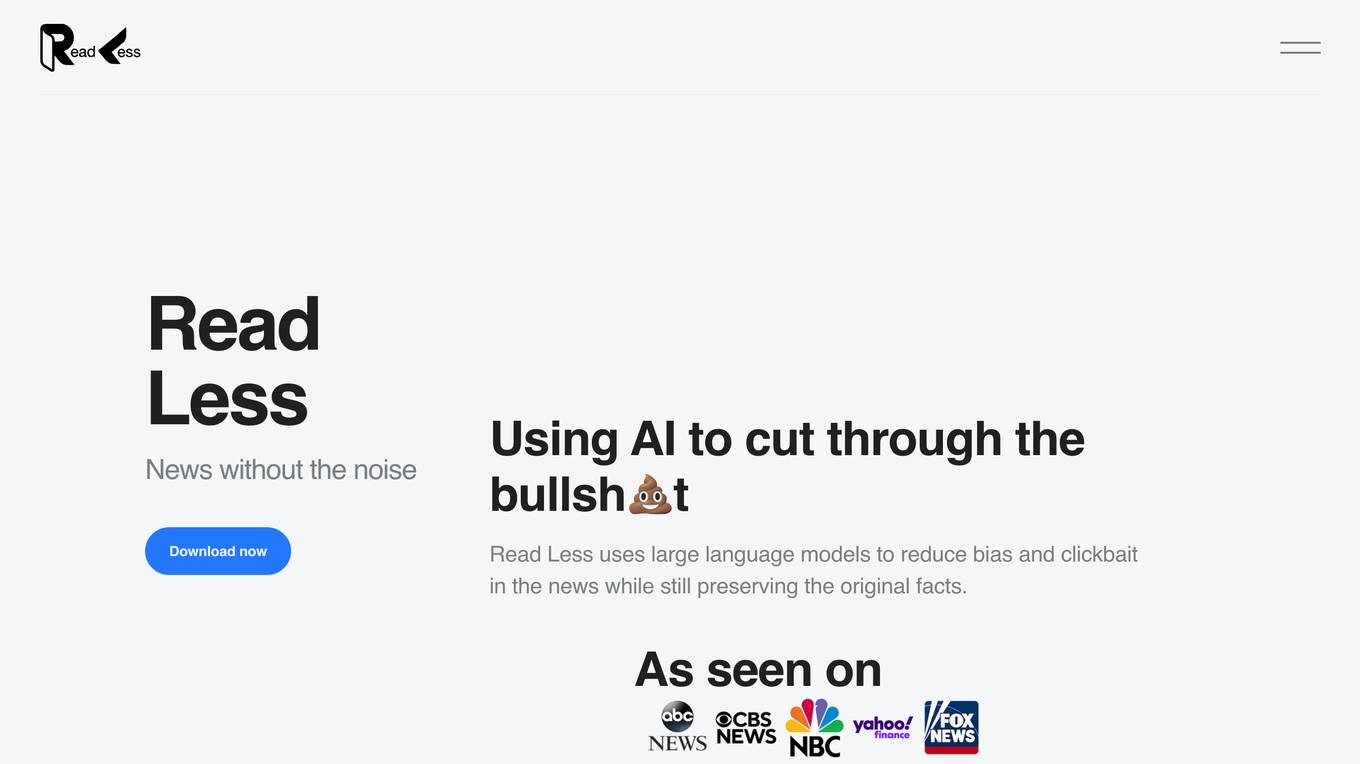
503 Service Temporarily Unavailable
The website is currently experiencing a temporary service outage, indicated by the '503 Service Temporarily Unavailable' error message. This error typically occurs when the server is unable to handle the request due to maintenance, overload, or other issues. The 'nginx' reference suggests that the website is using the Nginx web server software. Users encountering this error are advised to wait and try accessing the site later.
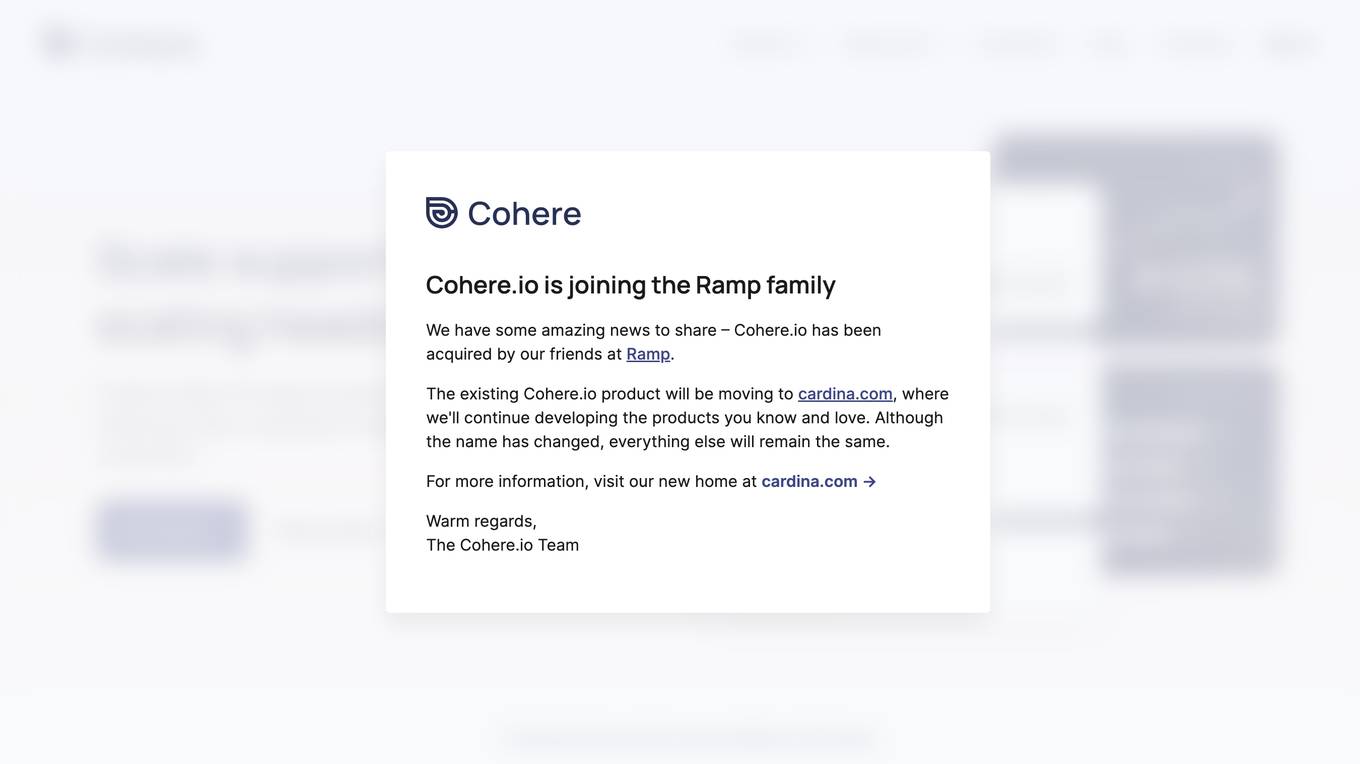
Cohere
Cohere is a customer support platform that uses AI to help businesses resolve tickets faster and reduce costs. It offers a range of features, including automated ticket resolution, personalized answers, step-by-step guidance, and advanced analytics. Cohere integrates with existing support resources and can be implemented quickly and easily. It has been used by leading companies to achieve industry-leading outcomes, including Ramp, Loom, Rippling, OpenPhone, Flock Safety, and Podium.
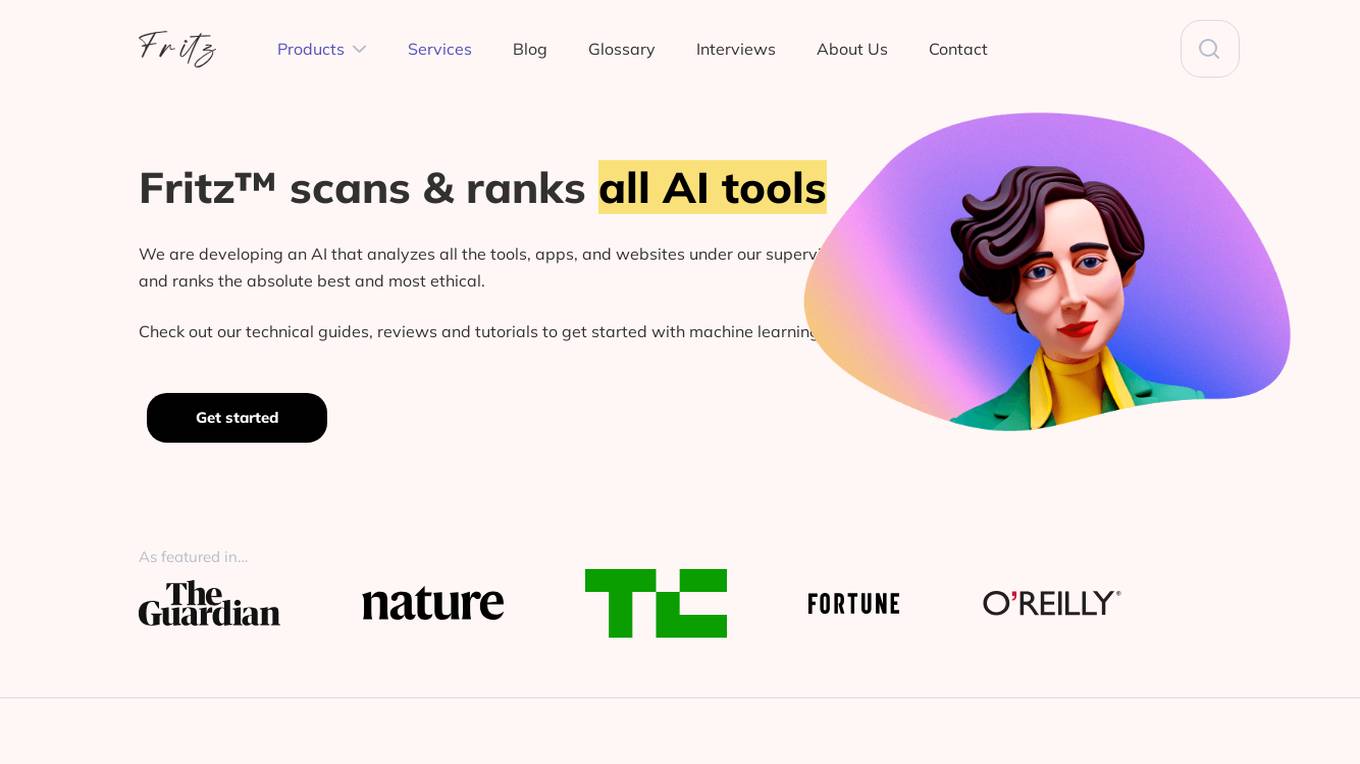
Fritz AI
Fritz AI is an AI tool that scans and ranks all AI tools, apps, and websites based on a set of criteria to determine the best and most ethical options. They provide technical guides, reviews, and tutorials to help users get started with machine learning. Fritz AI focuses on ethics, functionality, user experience, and innovation when evaluating tools. Users can contribute tool suggestions and collaborate with the Fritz AI team. The platform also offers beginner-friendly guides, consulting services, and promotes ethical use of AI and machine learning technologies.
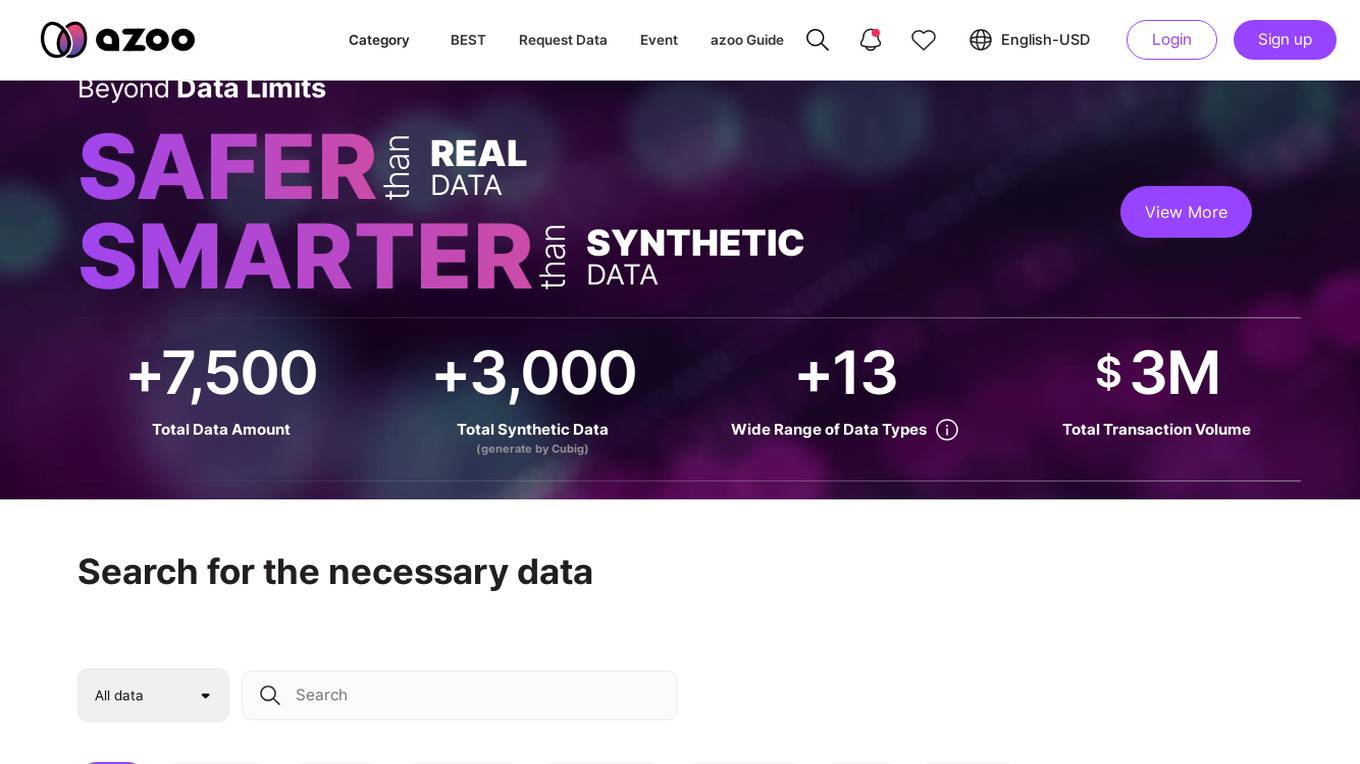
Azoo
Azoo is an AI-powered platform that offers a wide range of services in various categories such as logistics, animal, consumer commerce, real estate, law, and finance. It provides tools for data analysis, event management, and guides for users. The platform is designed to streamline processes, enhance decision-making, and improve efficiency in different industries. Azoo is developed by Cubig Corp., a company based in Seoul, South Korea, and aims to revolutionize the way businesses operate through innovative AI solutions.
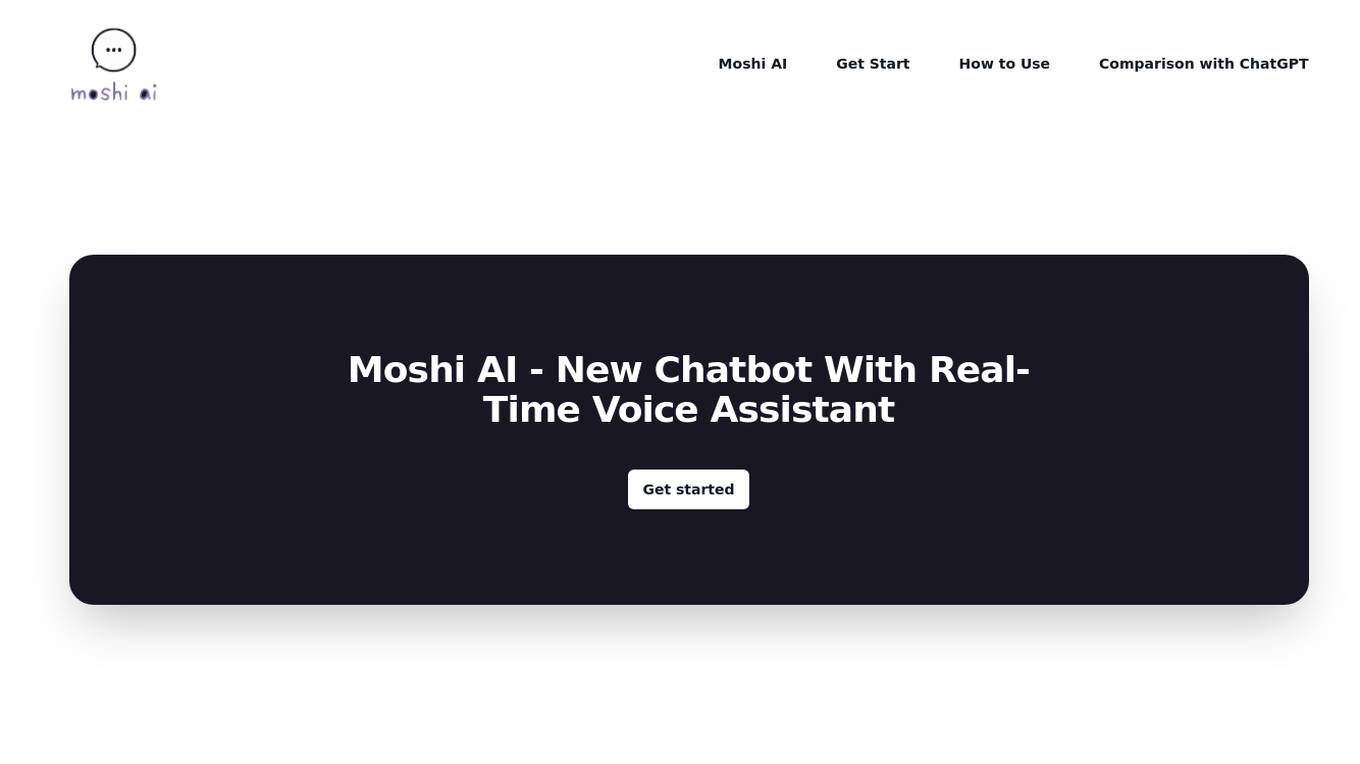
Moshi AI
Moshi AI is a new voice assistant with advanced vocal capabilities that simulate human-like conversations. It can be used as a personal coach or companion, providing guidance and support in various scenarios. Moshi AI offers real-time voice interaction, efficient multimodal processing, and enhanced privacy and security features. The application is designed to enhance business operations, improve customer interactions, and streamline decision-making processes.
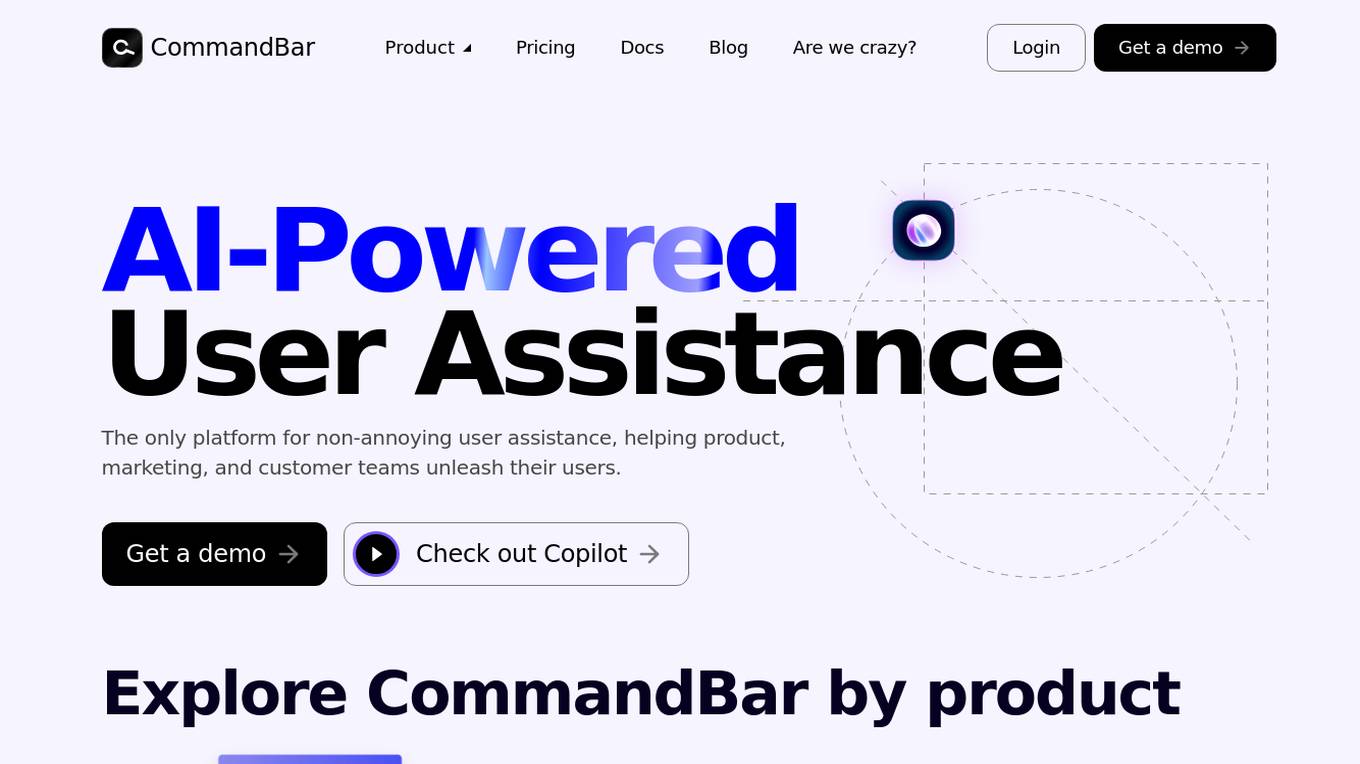
CommandBar
CommandBar is an AI-powered user assistance platform designed to provide personalized support and guidance to product, marketing, and customer teams. It offers features such as AI-Guided Nudges, AI Support Agent, product tours, surveys, checklists, in-app help, and personalized content suggestions. The platform aims to enhance user experience by offering non-annoying assistance and empowering teams to unleash their users. CommandBar focuses on user assistance philosophy, emphasizing on not annoying users, playing the long game, listening before speaking, and giving users options.
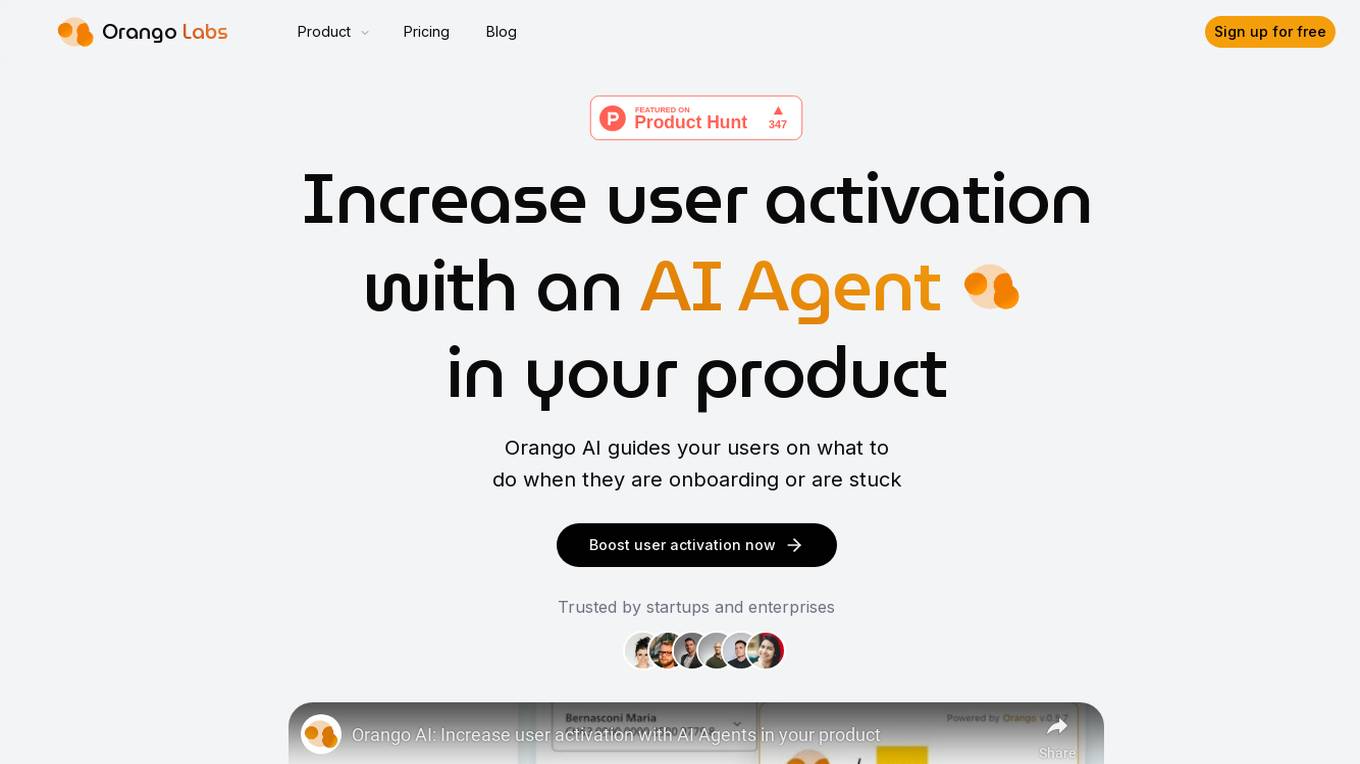
Orango AI
Orango AI is an AI application that provides AI agents for support and onboarding, guiding users through product usage. It offers autonomous UX testing, AI data extraction, and RPA solutions. The application helps increase user activation, reduce churn, and improve user experience by providing real-time guidance and suggestions based on user context and expertise.
2 - Open Source AI Tools
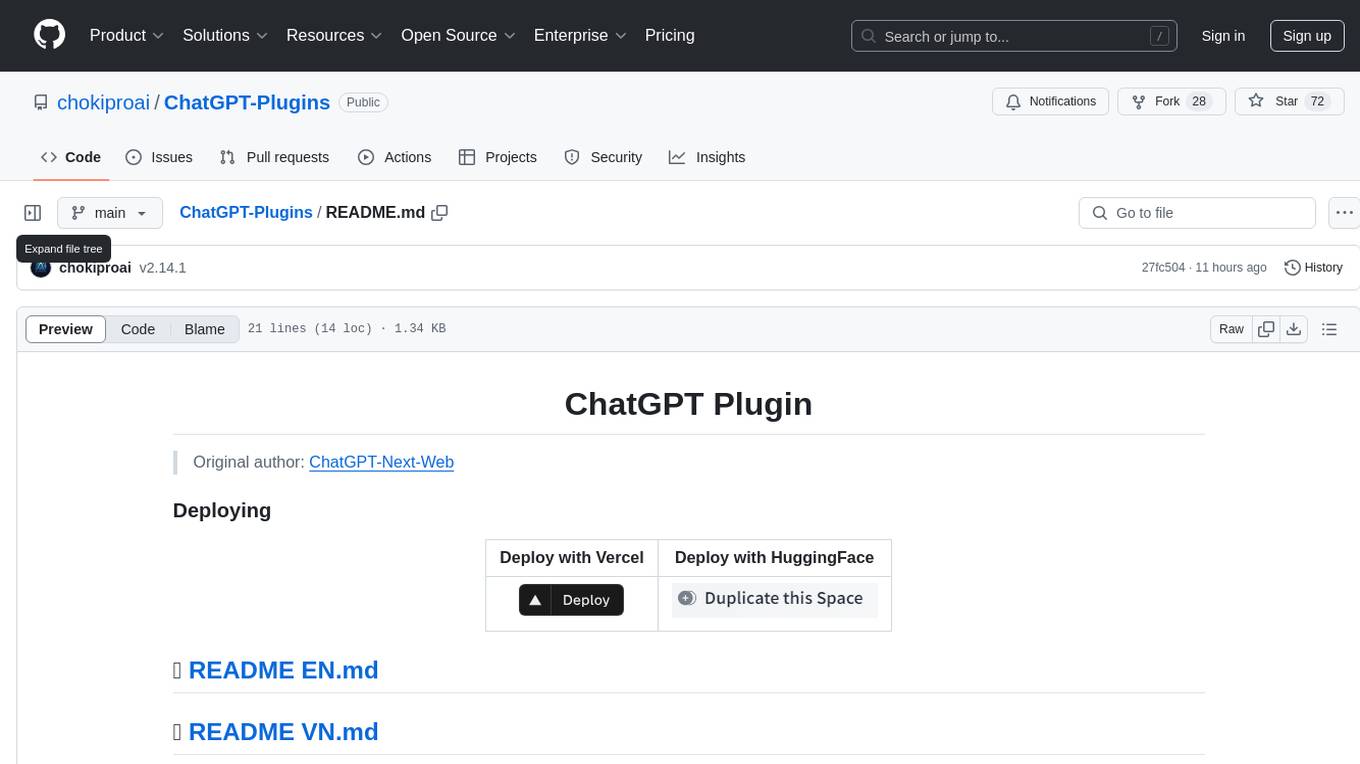
ChatGPT-Plugins
ChatGPT-Plugins is a repository containing plugins for ChatGPT-Next-Web. These plugins provide additional functionalities and features to enhance the ChatGPT experience. Users can easily deploy these plugins using Vercel or HuggingFace. The repository includes README files in English and Vietnamese for user guidance.
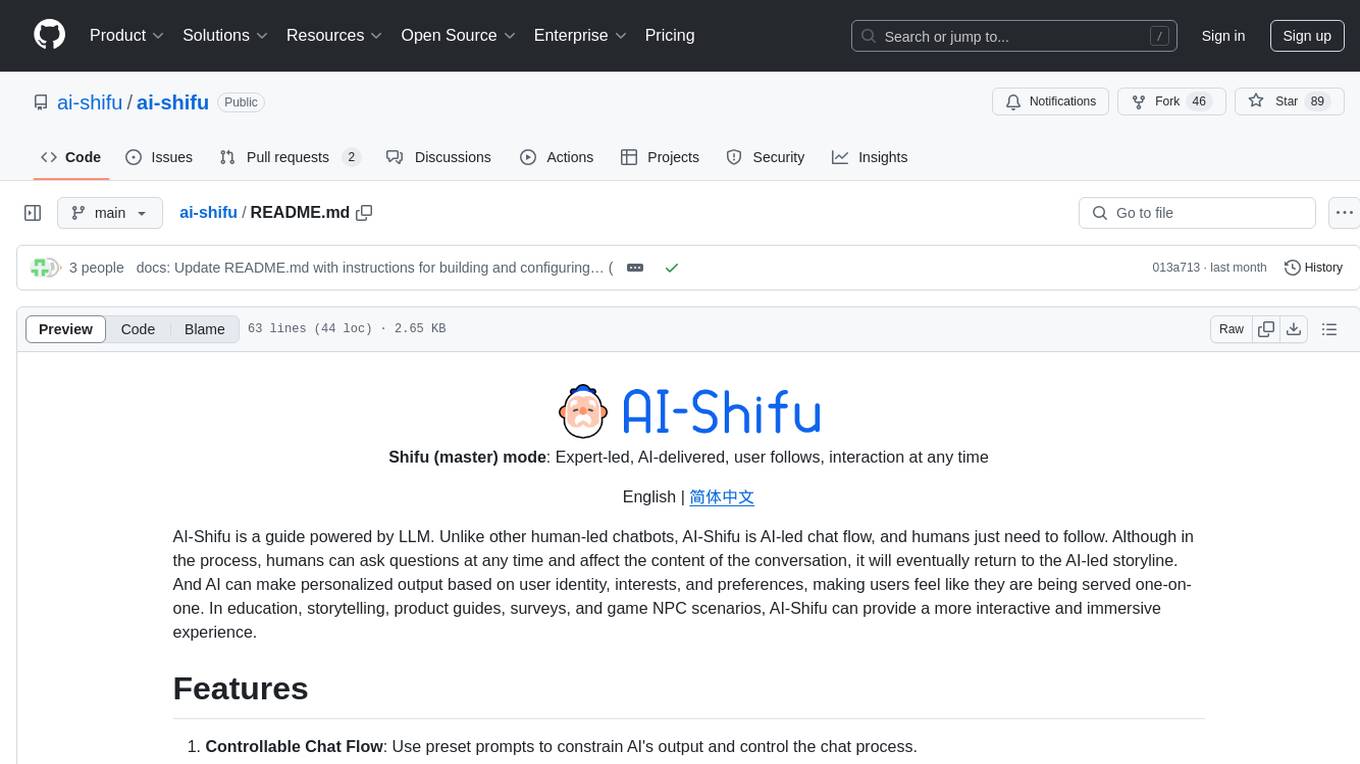
ai-shifu
AI-Shifu is an AI-led chat flow tool powered by LLM that provides an interactive and immersive experience for users. It allows users to follow a preset chat flow while being able to ask questions and affect the conversation. The tool can make personalized outputs based on user identity, interests, and preferences, making users feel like they are receiving one-on-one service. It is suitable for education, storytelling, product guides, surveys, and game NPC scenarios.
20 - OpenAI Gpts

Poke Cup Master
Guide users through a Poke Creature World Cup, with creature facts and random outcomes.
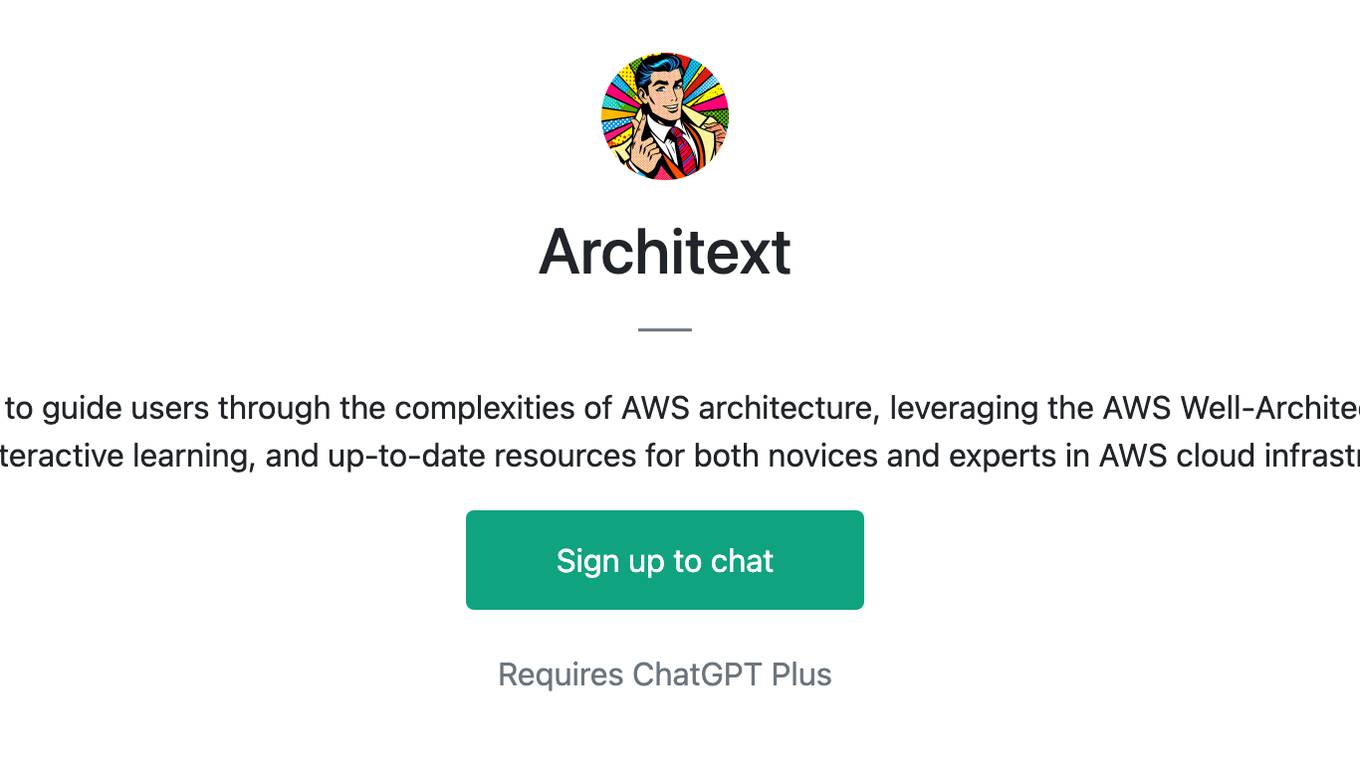
Architext
Architext is a sophisticated chatbot designed to guide users through the complexities of AWS architecture, leveraging the AWS Well-Architected Framework. It offers real-time, tailored advice, interactive learning, and up-to-date resources for both novices and experts in AWS cloud infrastructure.

AI Website Support
A helpful guide for WordPress users, offering tips and troubleshooting advice.
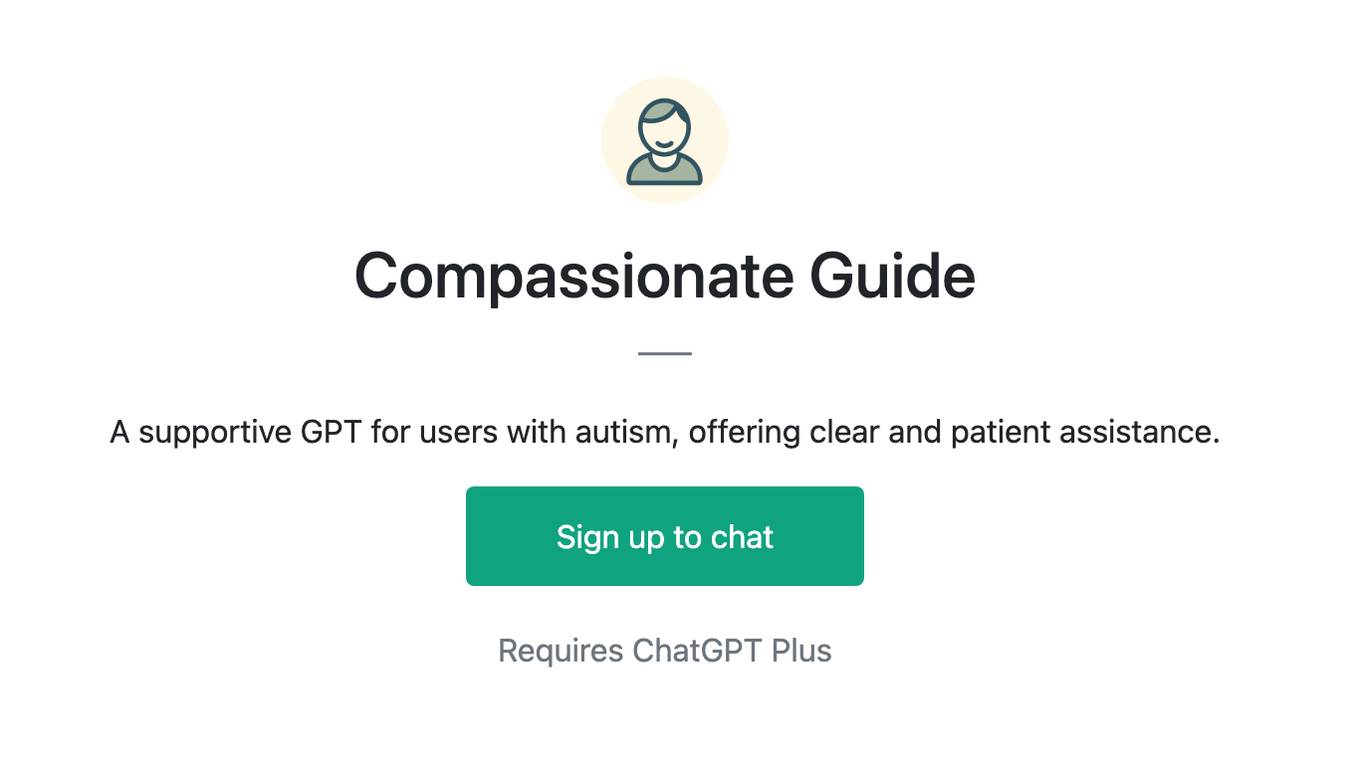
Compassionate Guide
A supportive GPT for users with autism, offering clear and patient assistance.

Ikigai Guide
A virtual coach guiding users in discovering their IKIGAI through self-reflection and balanced insights.
Eisenhower Matrix Guide
Eisenhower Matrix task prioritization assistant. GPT helps users prioritize tasks by categorizing them into four quadrants of the Eisenhower Matrix

